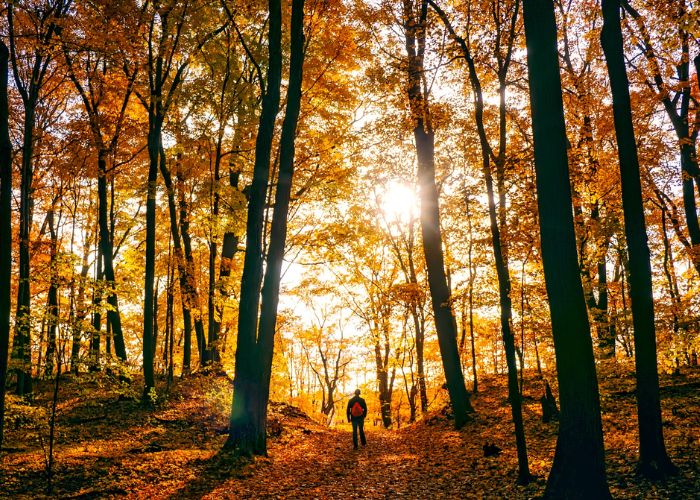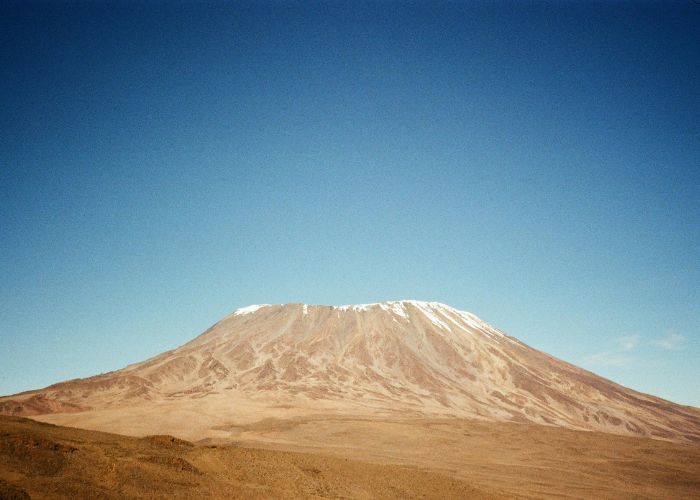What's the Difference Between Different Trangia Models?
- , by Laurence
- 4 min reading time

WHAT'S THE DIFFERENCE BETWEEN TRANGIA MODELS?
Trangia 25 and 27 Whats the Difference?
Higher the number doesn't always mean bigger in this case. With the 25 series actually being a larger set than the 27 series.
Trangia 25 series
The Trangia 25 series are designed for larger parties ideally 3-4 people, perfect for sharing weight on larger trips or group leaders.
Within the 25 series, a typical sizing for pans are as follows -
- Kettle 0.9 litres
- Saucepans 1.7 litres and 1.5 litres
- Frying pan 22 centimetres diameter
Sizes are correct at the time of writing, and are subject to change within different models of the series. Please check individual listings for more details.
Trangia 27 Series
The Trangia 27 series are designed for solo or small parties with 1-2 people
Within the 27 series, a typical sizing for pans are as follows -
- Kettle 0.6 litres
- Saucepans 1litres
- Frying pan 18 centimetres diameter
Sizes correct at the time of writing and are subject to change within different models of the series. Please check individual listings for more details.
View some of our Trangia stoves and accessories.
What's the difference between the materials and coatings?
Aluminium
Aluminium is a durable and lightweight material that conducts heat uniformly and quickly, so food does not burn in the centre of the pan. The aluminium stove has a hard surface that protects against scratches and abrasion. Trangia’s basic models are made totally of aluminium, a material that has consistently good characteristics. For people who want trouble-free cooking with a stove that lasts for many years.
Ultralight Aluminium (UL)
Aluminium is a lightweight material that conducts heat well. The aluminium stove systems spread heat quickly and evenly. This means that food does not, for example, burn and stick to the centre of the frying pan. In addition, the hard surface means that the systems are very resistant to scratching and wear. Ultralight aluminium is 50 % stronger than ordinary aluminium. Consequently, less material is required to manufacture the stove systems. As a result, they are lighter.
Ultralight Hard-anodized Aluminium (HL / HA)
Besides making our windproof stove systems even more resistant to scratching and wear, hard-anodizing is a surface treatment that also improves corrosion resistance. Furthermore, the treatment makes the stove systems easier to clean than untreated stove systems. These excellent properties have led to hard-anodized cookware replacing our Titanium and Duossal ranges.
Non-stick (NS)
The non-stick coating gives the ideal surface for frying, and requires little or no cooking fat. It also makes washing up easier, because nothing sticks. Non-stick is slightly more susceptible to scratches and abrasion, so use only wooden or plastic utensils. For those who want light packs, fuss-free eating and easy washing up.
Duossal 2.0™ (DS)
Duossal 2.0™, unique to Trangia, is made from aluminium and stainless steel that have been laminated together under extreme pressure. An optimal combination where the aluminium outer layer has excellent heat conducting abilities while the inner layer in stainless steel makes the pot durable and easy to clean. The material is 0.8 mm thick, of which 0.3 mm is stainless steel; these are robust pots for real cooking in the outdoors.

Different Options avaliable on the Trangia series
Trangia Series 25 Options

- 25-1 no kettle, all UL aluminium pans
- 25-2 has kettle, all UL aluminium pans
- 25-3 no kettle, non-stick frying pan, 2 UL aluminium saucepans.
- 25-4 has kettle, non-stick frying pan, 2 UL aluminium saucepans.
- 25-5 no kettle, all non-stick.pans.
- 25-6 has kettle, all non-stick pans.
- 25-7 no kettle, all HA pans.
- 25-8 has kettle, all HA pans
Please check for product listing for any changes
What Fuel do i use in a Trangia?
Across the world there are multiple types of fuel which can be used. In the United Kingdom Methylated spirit is advised in the standard Spirit burner. Please do not use paraffin / petrol or keroseneHow long does it take to boil?
There are a number of factors to take into account including height / temperature and conditions. On average it takes between 7-10 minutes to boil 1 litre of water.What's the difference between the 25 and 27 series
The main difference between the 25 and 27 series are the 25 being larger size for 3-4 people and 27 series is for 1-2 people. Each model is available in multiple configurations with different accessories.Tags
Little more reading time?
-

, by Laurence Kay The Ultimate Dolomites Hiking Guide
-

, by Laurence Kay UK Foraging Guide: How to Stay Safe Outdoors
-

, by Laurence Kay A Hiker’s Ultimate Guide to Climbing Kilimanjaro




